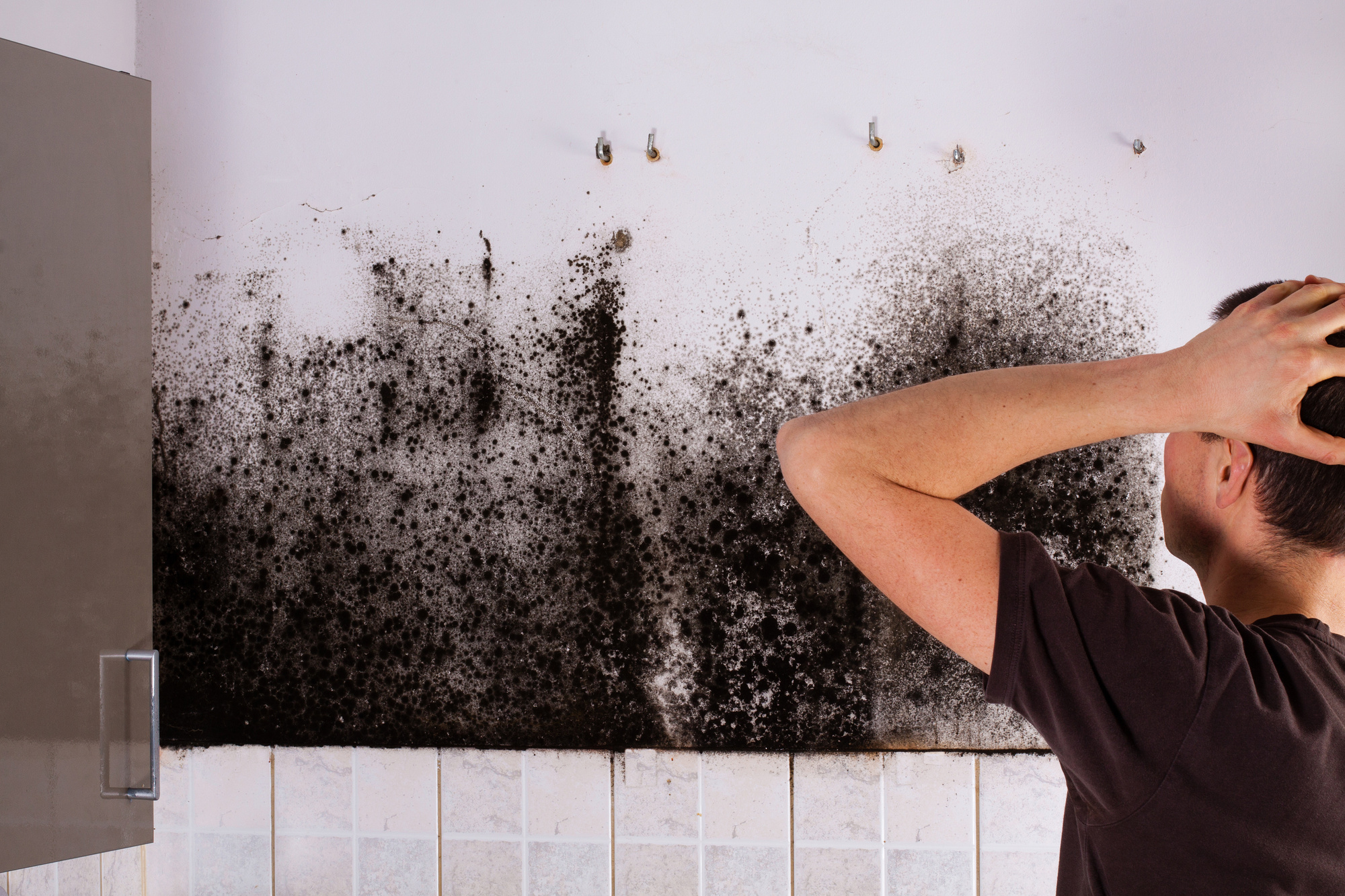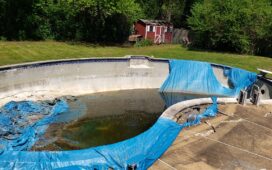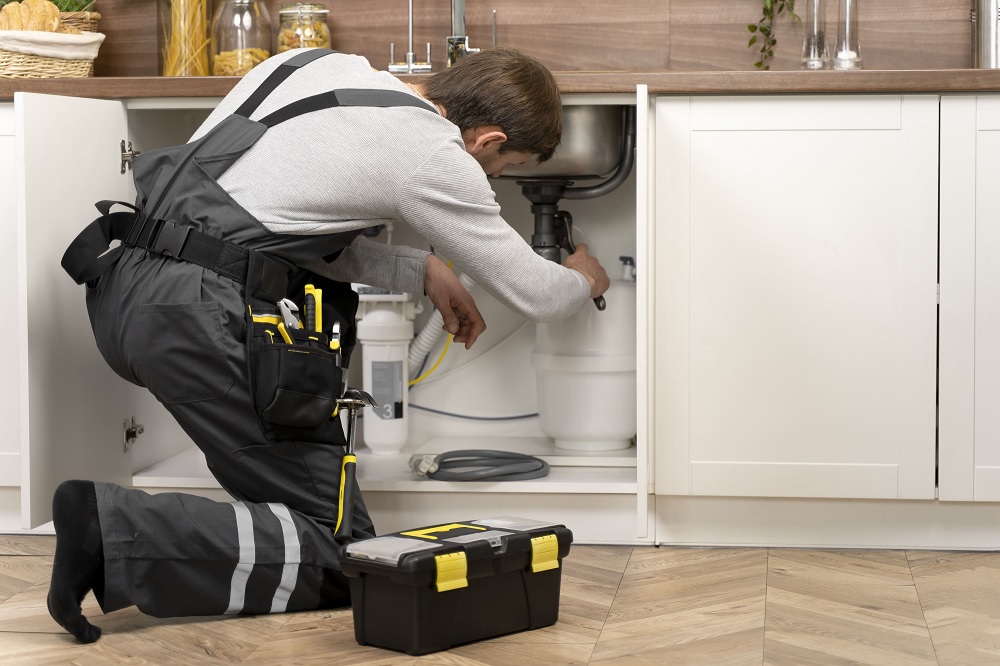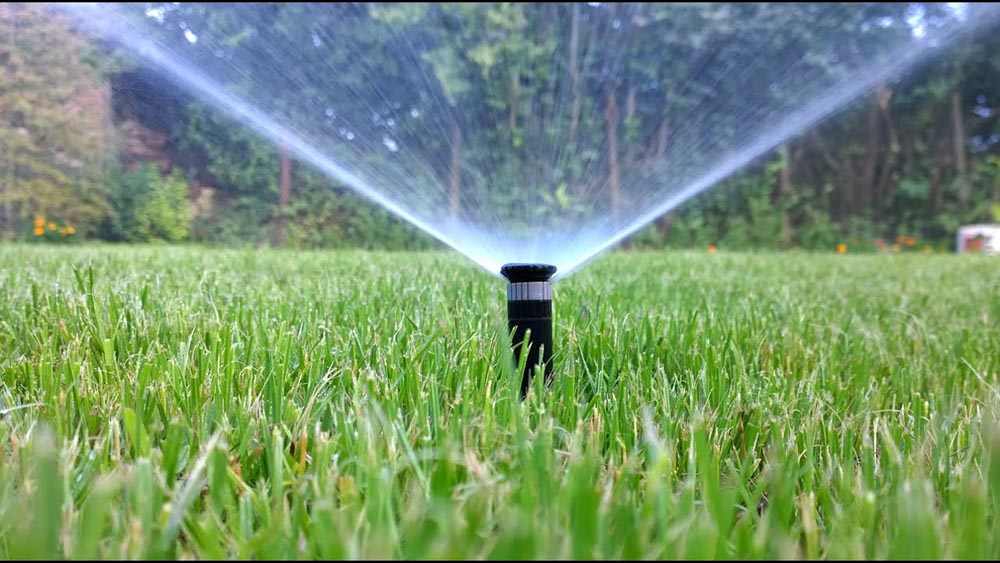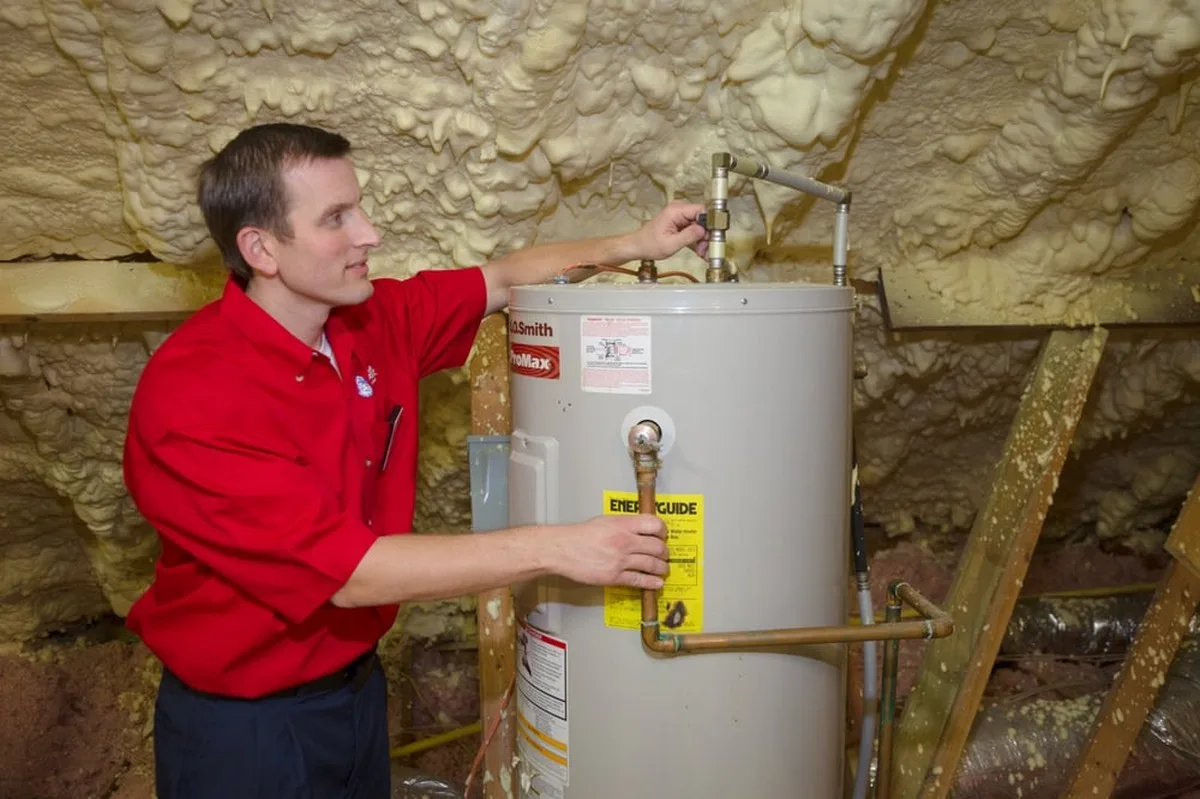Mould, the unwelcome houseguest that can lurk in the shadows, is not only unsightly but can also pose health risks if left unchecked. This resilient fungus thrives in damp and humid environments, making our homes prime breeding grounds if we’re not careful. In this informative blog, we’ll explore seven common causes of mould growth and offer practical tips for effective mould removal.
Moisture from Leaks and Water Intrusion
One of the primary causes of mould in homes is moisture from leaks and water intrusion. Leaky roofs, damaged plumbing, or seeping foundations can introduce unwanted moisture into your home, creating a perfect environment for mould to grow. To prevent mould stemming from this source, be proactive in identifying and addressing leaks promptly.
Prevention: Regularly inspect your home for signs of leaks or water damage. Pay special attention to your roof, plumbing, and the areas surrounding your windows and doors. If you spot any issues, address them immediately. Routine maintenance and proactive repair can save you from mould problems down the road.
Poorly Sealed Doors and Windows
Another often overlooked cause of mould is poorly sealed doors and windows. When these areas aren’t sealed correctly, they can allow moisture from rain or condensation to seep inside your home, creating an environment conducive to mould growth.
Prevention: Inspect your doors and windows regularly for signs of poor sealing. Replace weather stripping and caulk as needed to ensure a tight seal. Properly sealed doors and windows not only prevent mould but also improve your home’s energy efficiency.
Poor Ventilation
Inadequate ventilation can exacerbate mould problems, especially in rooms that are susceptible to moisture, like bathrooms. Stagnant air traps moisture, making it easier for mould to thrive.
Prevention: Ensure good ventilation throughout your home for effective mould removal. Use exhaust fans in bathrooms and kitchens to vent humid air outside. consider keeping windows and doors open to encourage the flow of fresh air throughout your living space. Installing vents or an air exchange system can also help in areas with chronic ventilation issues.
Condensation
Condensation is a common culprit for mould growth in many households. It occurs when warm, moist air comes into contact with cooler surfaces, causing water droplets to form. Condensation often appears on windows, walls, and ceilings, providing an ideal breeding ground for mould.
Prevention: To prevent condensation and the subsequent mould growth, maintain a consistent indoor temperature. Insulate windows and walls to reduce temperature differences between indoor and outdoor surfaces. Using double-glazed windows can help minimise condensation on glass surfaces. Additionally, you can add weather stripping to doors and windows to prevent drafts that can contribute to condensation.
Neglected Gutters and Downspouts
Gutters and downspouts play a crucial role in directing rainwater away from your home’s foundation. If they become clogged or damaged, water can overflow and pool around your foundation, creating a perfect setting for mould to flourish.
Prevention: Regularly clean and maintain your gutters and downspouts to ensure they function properly. Check for debris and blockages, and use high pressure cleaning to keep water flowing away from your home. Properly sloped landscaping around your foundation can also help redirect water away from your house, reducing the risk of mould growth.
Flooding and Water Damage
Severe weather events, burst pipes, or other unexpected incidents can lead to flooding and significant water damage in your home. When large amounts of water enter your living spaces, it’s not just the immediate damage you need to worry about – it’s also the potential for mould growth in the aftermath.
Prevention: To minimise the risk of mould after flooding or water damage, act swiftly. If your home experiences flooding, immediately remove the water and thoroughly dry the affected areas. Use dehumidifiers and fans to speed up the drying process. Additionally, consider consulting professionals experienced in water damage restoration to ensure thorough cleaning and mould removal. Fast and thorough action can prevent mould from taking hold in your home after water-related disasters.
Clutter and Poor Housekeeping
Neglecting cleanliness and allowing clutter to accumulate in your home can create hidden pockets where mould can grow. Dust and dirt can trap moisture, creating an environment where mould can thrive without your knowledge.
Prevention: Regular housekeeping is essential to prevent mould. Keep your home clean and clutter-free. Dust and vacuum regularly to remove potential hiding spots for mould spores. Pay special attention to basements, attics, and storage areas where clutter can accumulate. A tidy, well-maintained home is less likely to harbor mould.
Bonus Tip: Mould-Resistant Materials
When building or renovating your home, consider using mould-resistant materials. These materials are designed to deter mould growth and can be an effective preventive measure.
Examples of Mould-Resistant Materials
Mould-Resistant Drywall: This type of drywall has a special coating that makes it less susceptible to mold growth.
Mould-Resistant Paint: Mold-resistant paint contains antimicrobial agents that help prevent mold from growing on painted surfaces.
Mould-Resistant Insulation: Certain types of insulation are designed to resist mold, making them a smart choice for preventing mold in your walls and ceilings.
By incorporating mould-resistant materials into your home, you can add an extra layer of protection against mold growth.
Final Thoughts
Mould growth can be a significant concern for homeowners, but understanding the common causes and taking preventive measures can help you maintain a mould-free home. By following the above tips, you can create an environment that is less conducive to mould growth. With proper vigilance and maintenance, you can enjoy a healthier and mould-free living space. Remember that preventing mould growth is not only good for your property but also for the well-being of your family.

